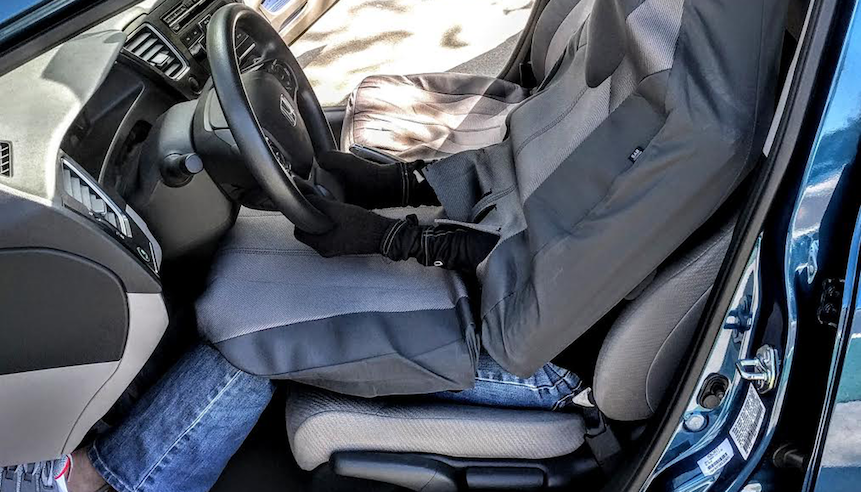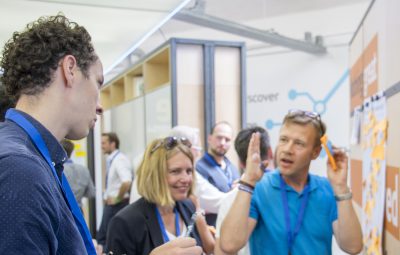Although Silicon Valley and Detroit automakers have been given the thumbs up from the U.S. Department of Transportation to begin bringing driverless vehicles to the road, important questions remain. Even the word “safe” itself is still up for debate within this context — does a “safe” driverless car mean one that operates flawlessly, or merely one that operates better than a human driver would?
In a meeting of the minds aimed at delineating design-oriented requisites for driverless cars, the Design Lab at UC San Diego hosted an automation workshop in San Francisco over the summer. The workshop was geared towards researchers, equipment manufacturers and other professionals in the field of external automated vehicle communications with human road users.
The Design Lab’s Colleen Emmenegger was joined by Jane Lappin of Toyota and Melissa Cefkin from Nissan for the experts workshop, which focused on the communications problems created when highly automated vehicles operate among human-driven vehicles and “vulnerable road users” such as pedestrians, bicyclists, and skateboarders.

“This was the first time we pulled together in one room several OEMs, designers, and university researchers who passionately agree that AV external HMI (external human machine interaction) needs to be harmonized to avoid major confusion among road users, with the potential for serious impacts on safety, societal trust, and network operations,” Emmenegger said.
Presenters and attendees included professionals from Nissan, Ford, Duke University, and Stanford, as well as other researchers in the automation industry. The conference helped the experts align to define the problem space around autonomous vehicles regarding other road users. It also assisted in identifying knowledge and research gaps and establishing a foundation for future discussion towards the development of safe, consistent, reliable, and substantially harmonized e-HMI.
Researchers had three minutes to present their ongoing research, current findings, and planned research. Punctuated by short discussions, the presentations allowed participants to discuss goals and challenges within the automation industry. They were organized into two research clusters: 1) problem understanding and 2) e-HMI Solution Testing.
“The goal of the lightning-round session was to quickly create a shared view of the e-HMI issues as understood today,” Emmenegger added. “We did not want to make this one day we had together to be just listening to presentations — we really wanted this to be a working session, with lots of discussion to move ideas forward.”
Emmenegger’s hope is that this workshop will result in the standardization of AV interfaces across all vehicles. Additionally, she hopes for the creation of a new conference, which will give the automation community places to publish and gather together to move the design of e-HMI for autonomous vehicles forward.






